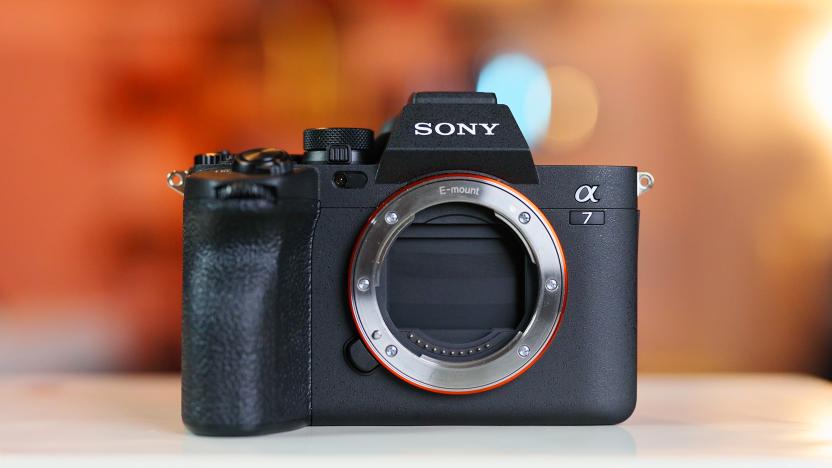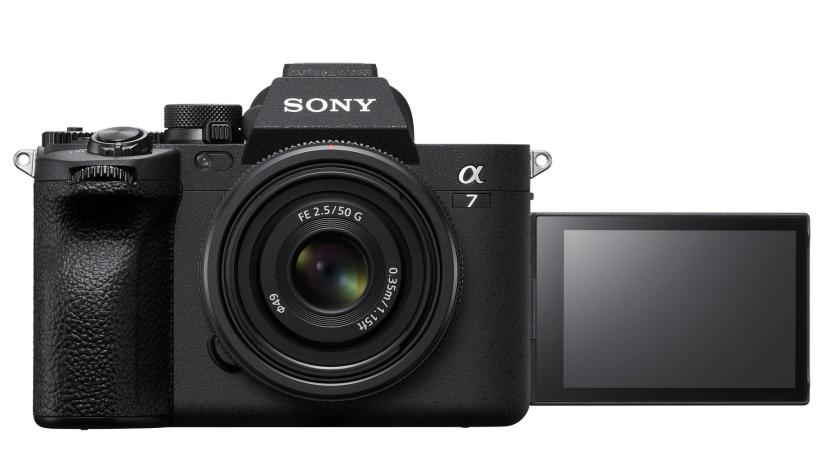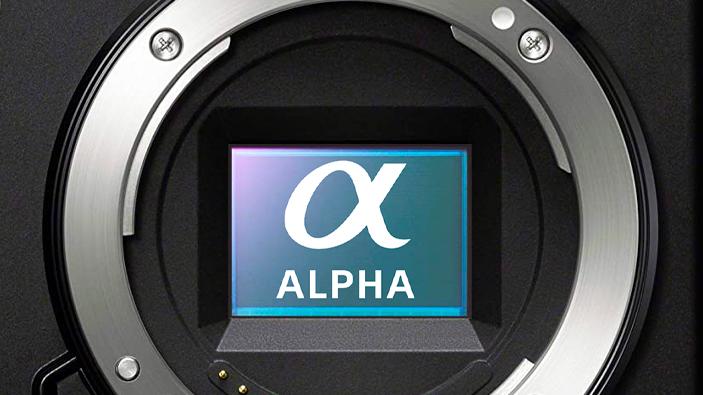33-megapixel
Latest
 9010090100
9010090100Sony A7 IV review: A powerhouse of a hybrid camera
Sony’s A7 IV is a successful followup to its popular mainstream A7 III.

Sony's A7 IV camera arrives with a 33-megapixel sensor and 4K 60p video
Sony has finally revealed its mainstream $2,500 Alpha A7 IV full-frame mirrorless camera and it looks to have been worth the wait.

Sony looks set to unveil the A7 IV mirrorless camera on October 21st
Sony has teased the launch of a new Alpha camera on October 21st at 10AM ET, and it appears to be the long-awaited full-frame mirrorless A7 IV.

NHK's new Super Hi-Vision sensor captures 8K at 120fps, fast enough for Usain Bolt?
As amazing as Super Hi-Vision televisions are, most of the footage we've seen is of slow-moving cityscapes, nature and portraits. We may get more action sequences soon, thanks to a new CMOS sensor capable of picking up 8K (33MP) footage at 120 frames per second. The joint project between NHK, Shizuoka University and the Research Institute of Electronics is being shown off on the 27th at the International Solid-State Circuits Conference The chip is developed on a .18 micrometer process, with an enhanced analog to digital converter that enables the faster frame rates. That cut down data processing time and power consumption, all key to getting some sweet super high res televisions (16x more pixels than your current HDTV) in our living room sooner rather than later. Our only question? If they can build a new camera around it in time to catch the world's fastest human being do his thing at the 2012 London Olympics.

Ultra HDTV technical standards agreed on, more pixels is a good thing
The high-definition pride of your living room may not want to hear it, but it looks like ultra high-definition TV (or UHDTV) has now taken another step towards reality. While shop-floor products remain years away, experts in the ITU Study Group on Broadcasting Service have made several agreements on technical standards for your (next?) next TV purchase. Increasing pixel count in future sets is also expected to improve viewing angles on glasses-free 3D, which needs more dots to work its lenticular magic. 33 megapixels sounds like it should be enough to work with.

NHK prototypes one-fourth of a 116-inch, 8K plasma set (video)
NHK has been working on 33 megapixel, 8K Super Hi-Vision displays for quite some time now. As the story goes, in 2005 the group's Science and Technology Labs estimated a necessary 0.3mm dot pitch for plasma screens in the 100-inch category to achieve the necessary 7,680 x 4,320 pixels for display. At the time, the best plasma could muster was 0.9mm, but now the researchers have created a prototype 58-inch screen with 0.33mm pixel pitch. Ergo, four such prototypes stacked together should create a 116-inch window to the world that just about displays 8K video. It's still a ways off from market, but be honest, are you really already griping about the visible pixels on your 1080p set? Totally inadequate web video version after the break.

Mamiya announces DL33 for those who need more than 28 megapixels
Facing a little bit of competition from the hands of Nikon, and finding its earlier 28 megapixel DL28 to be something of a success (despite its $15,000 price tag), medium format master Mamiya is introducing a new model set to drive the megapixel wars to new heights. The DL33 sports similar specs to the DL28, including a 3.5-inch touchscreen on the back, but bests its successor with a 36 x 44-millimeter, 33 megapixel sensor. That means 16-bit capture, 12-stop dynamic range, and ISO settings from 50 to 800. Other tweaks include a faster autofocus motor and an improved UI, but with image files clocking in at 67 - 190MB you'll probably need some improved storage, too. The camera will be available starting next month for $19,999 including a 55mm f2.8 or 150mm f3.5 lens -- but only if you act now.[Via Topix]

Japan's NHK demonstrates 33MP image sensor prototype for SHV
Considering that we just doused you with acronyms in that headline, let us break it down real quick. Japanese public broadcaster Nippon Hoso Kyokai has recently demonstrated a prototype 33-megapixel image sensor -- which enables engineers "to use one chip per color" -- for its baffling Super Hi-Vision technology. With this device, each color sensor can operate in full resolution, whereas previous iterations relied on a foursome of 8.3-megapixel sensors (two green, one red, one blue) in order to reach 7,680 x 4,320 pixels. No worries if all these huge numbers are blowing your lid -- this stuff is still years away from being away close to mainstream.

33 megapixel Super Hi-Vision (Ultra HDTV) could be on the air in 2015
1080p and QuadHD / 4K can take a step back, the Japanese government has announced plans to bring Super Hi-Vision (a.k.a. Ultra High Definition) to life as a broadcast standard by 2015. With its 33 megapixel (7,680 x 4,320) resolution and 22.2 channel surround sound, challenges so far have included building a camera that can record it, and equipment to transfer the 24Gbps uncompressed stream. Fortunately, some forward thinker in Japan's Internal Affairs and Communications Ministry -- that we are strongly considering as a write in candidate for the presidential elections -- is beginning a joint project with private companies to make this happen, beginning with a research investment of about $2.7 million this year alone. If you're still confused as to how much more res this is than anything you currently own, check out the handy chart after the break.




